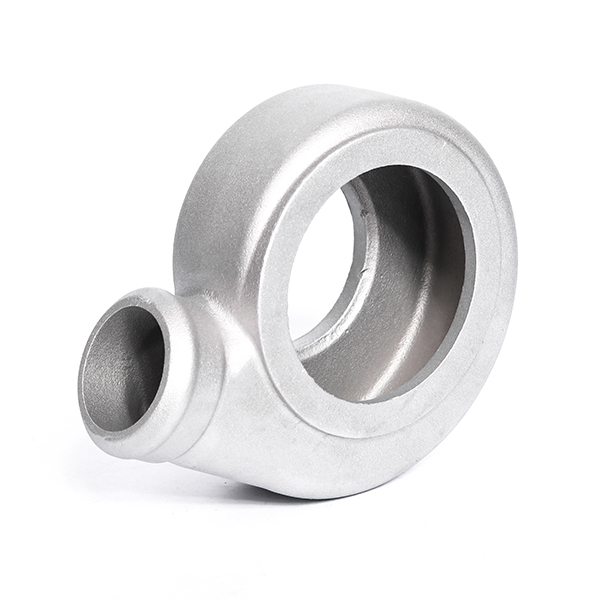Mobile:+86-311-808-126-83
Email:info@ydcastings.com
English
Sand Casting Aluminum - High-Quality Aluminum Sand Casting Services
Sand Casting Aluminum A Versatile Manufacturing Process
Sand casting aluminum is a well-established manufacturing technique that has gained popularity across various industries due to its flexibility, cost-effectiveness, and ability to produce complex shapes. This method involves creating a mold from sand and pouring molten aluminum into it, allowing for the production of a wide array of products, from intricate parts to large components.
The process begins with the creation of a two-part mold, which is typically made from a mixture of sand, clay, and water. The sand provides strength and thermal conductivity, while the clay acts as a binding agent to hold the grains together. The first step is to create the pattern, usually made from wood or metal, which is a replica of the part to be cast. The pattern is placed in a mold box, and sand is packed around it to form the first half of the mold. Once the sand is compressed and sets, the pattern is removed, leaving a cavity shaped like the desired part.
Next, the process is repeated to create the second half of the mold, which is aligned with the first half to ensure perfect fitment. Various features such as risers and gates are incorporated into the mold to manage the flow of molten aluminum and allow for the escape of gases during pouring. After the molds are prepared, molten aluminum—heated to around 1300°F to 1400°F (700°C to 760°C)—is poured into the cavity. The aluminum fills the mold, taking the shape of the cavity as it cools and solidifies.
sand casting aluminum

One of the significant advantages of sand casting aluminum is its adaptability
. It enables the production of both small and large-scale parts, making it suitable for industries ranging from automotive to aerospace, marine, and consumer products. Additionally, this casting method can accommodate diverse aluminum alloys, which can be tailored to meet specific mechanical properties required for different applications.Another key benefit of sand casting is its economical nature, especially for low to medium production volumes. Tooling costs are relatively low compared to other casting methods, such as investment casting, which makes it an attractive option for startups and small businesses looking to bring their products to market without a hefty investment.
However, sand casting is not without its challenges. The surface finish of cast parts can be relatively rough, necessitating additional machining for high-precision applications. Furthermore, variance in sand quality and molding techniques can lead to inconsistencies in the final product, necessitating rigorous quality control measures.
In conclusion, sand casting aluminum remains a vital part of modern manufacturing, offering a unique combination of versatility, cost-effectiveness, and the ability to produce complex geometries. As technology advances and industries evolve, sand casting will continue to be a key player in the production of aluminum components, supporting innovation and growth across various sectors.
-
Materials Used in Manufacturing Cap End Pipe FittingsNewsNov.24,2025
-
Material Properties of CF8M CastingNewsNov.24,2025
-
How to Inspect Pump Cap Ends for DamageNewsNov.21,2025
-
Backward Curved Impeller – Efficient Airflow Solutions for Industry | YD CastingsNewsNov.21,2025
-
Automobile Water Pump - Efficient, Quiet, Durable & ElectricNewsNov.21,2025
-
Impeller for Pumps – High-Efficiency, Durable, OEM-ReadyNewsNov.21,2025











